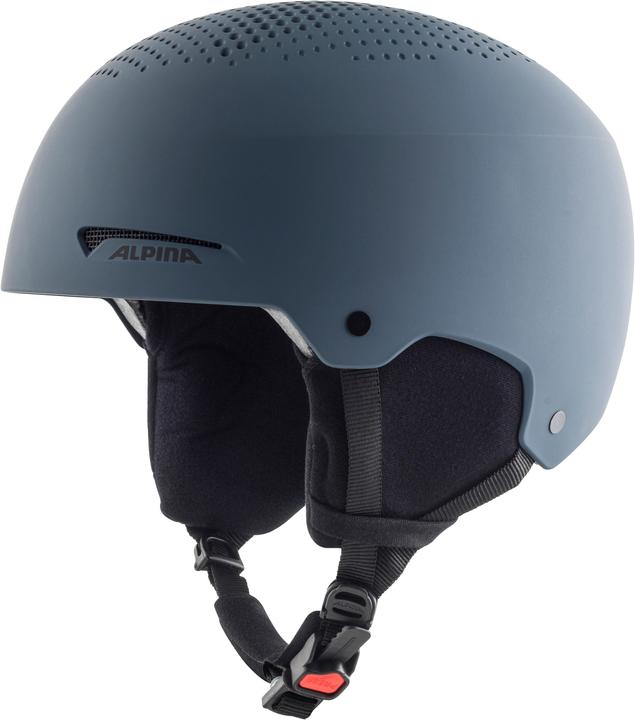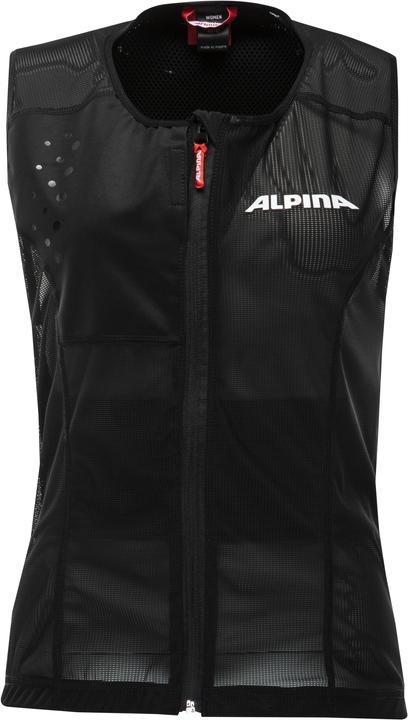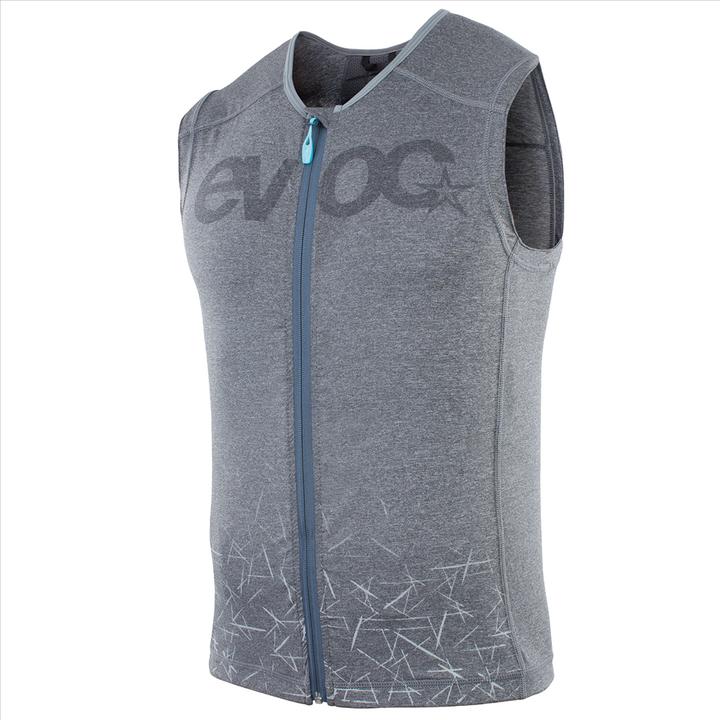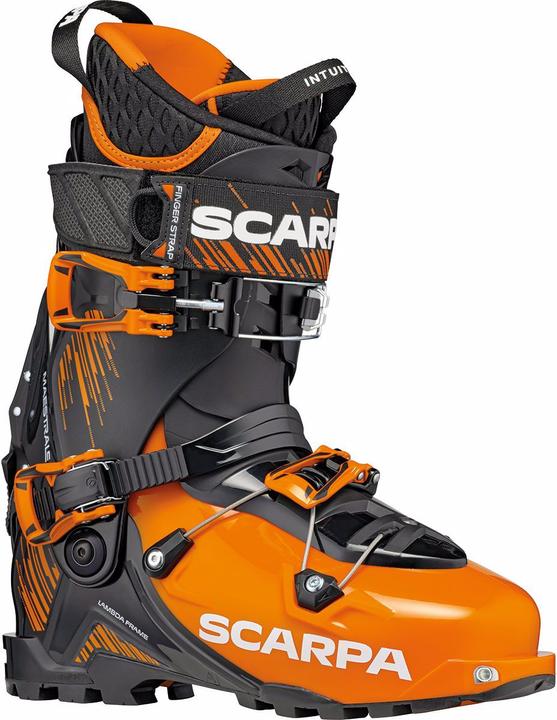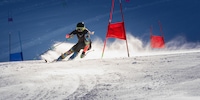

Warming up with Wendy Holdener
If you want to minimise the risk of injury during snow sports, it’s important to warm up properly before hitting the slopes. No motivation? Suva has launched an augmented reality animation to help with that. Here’s what I think after testing it.
The topic of warming up before skiing or snowboarding first came up in Switzerland in the mid-1990s. Around this time, skiing and snowboarding accidents in Switzerland had increased rapidly – as did the cost of insurance benefits.
The Swiss accident insurer Suva felt compelled to take action. One approach was to promote stretching and mobility exercises before whooshing down the hill – a warm-up session. To encourage skiers, the iconic «Dance the Warm-Up» campaign was launched. Soon enough, the Swiss German rap was being blasted at the end of many ski lifts, and snow sports enthusiasts could be seen moving to the beat of the catchy tune. Skiing celebrities such as Franz Heinzer, Urs Lehmann and Chantal Bournissen participated in the music clip.
But it wasn’t long before «Dance the Warm-Up» – and with it, the handy warm up – fell into oblivion. If I’m being honest, I can’t remember the last time I warmed up before barreling down the slopes, either.
I know incorporating a warm-up into skiing is just as useful and important today. As I recently wrote, around 62,000 skiing and snowboarding accidents occur in Switzerland every year.
With all that in mind, Suva’s renewed effort to animate snow sports enthusiasts to warm up makes sense. Samuli Aegerter is a campaign manager for snow sports at the Swiss accident insurer Suva. He says that, in addition to protective measures such as helmets or back protectors, the primary goal is to prevent accidents and injuries from happening in the first place.
This is the reasoning behind Suva’s «Slope Track» app (link in German). The app gives snow sports enthusiasts the opportunity to warm up alongside pro Swiss skiers Wendy Holdener and Marc Gisin.
Free Wendy Holdener from the ice gnomes
The two skiers show you how to warm up properly in these videos. But the fun doesn’t end there. In a new warm-up game, your goal is to free Wendy Holdener from ice gnomes. How? You have to both deflect the ice gnomes’ snowballs as well as hit them with your own. You do all this on your phone with augmented reality.
Admittedly, I was initially a bit bemused by the game. After playing it a few times, I not only found my competitive spirit, but also ended up somewhat out of breath. It might not be quite as effective as «Dance the Warm-Up», but a few rounds in the Suva app will definitely get you warm as well.

Source: Martin Rupf
What happens when an additional three quarters of my body weight bear down on me
The app has other interesting features, too. For example, it tells you what forces act on your body when skiing and snowboarding, and helps you reduce your risk of accidents with tips for improving fitness and reducing stress. An interactive infographic allows you to specify your speed, weight and curve radius. It then shows you what g-force, i.e. how much extra weight, is bearing down on your body.
I tested it out on myself. I weigh 80 kilogrammes, ski at 70 kilometres per hour and have a curve radius of 26 metres. Here’s what I found out: I experience 1.8G, which corresponds to 61 kilogrammes of additional weight, or three quarters of my body weight. «This causes your body to fatigue when skiing or snowboarding. Unsurprisingly, most accidents happen in the afternoon,» says Samuli Aegerter.
«That’s where the app comes in. It records the route and speed of each descent,» explains Aegerter. It also records the g-force you experience and where each measurement was taken, allowing you to analyse your run after the fact. «This is a sensible thing, not least because people tend to overestimate themselves when skiing or snowboarding,» the expert explains. In other words, adapt your skiing to your ability, and you’ll be safer on the slopes. «What’s more, the app gives you specific tips on how to improve your stamina and decrease the strain on your body,» Aegerter concludes.
Our skiing holiday is approaching fast – and I’ve made a resolution. Together with my children, we’ll rescue Wendy Holdener from the ice gnomes. Hopefully, she’ll go on to win many more World Cups.
Header image: Martin Rupf
Half-Danish dad of two and third child of the family, mushroom picker, angler, dedicated public viewer and world champion of putting my foot in it.
Interesting facts about products, behind-the-scenes looks at manufacturers and deep-dives on interesting people.
Show all